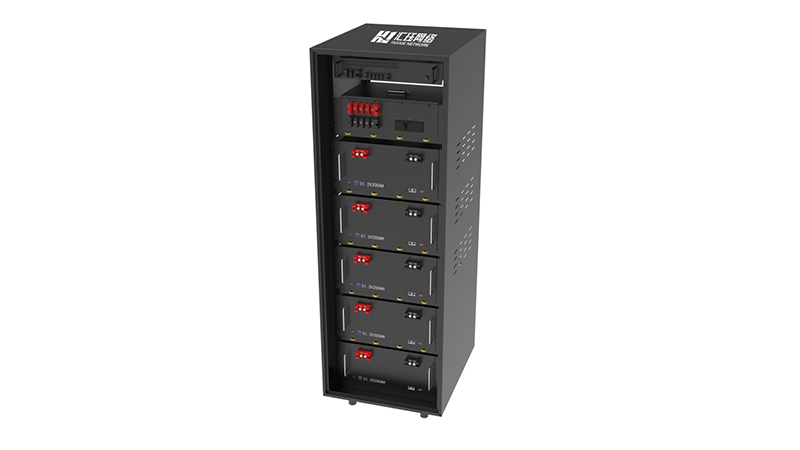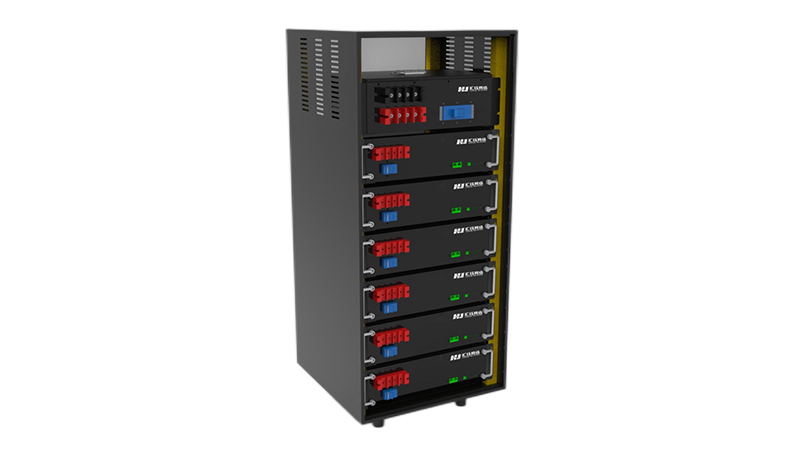
Communication base station battery daily maintenance
In the battery system used in communication base stations, the safe and normal operation of the battery is very important; not only the normal and orderly charging and discharging process, but also the daily maintenance is essential. The battery pack is used as a backup power supply device, especially when the mains power fails, the battery is used as an emergency power supply facility, which can reduce the loss of communication equipment information and improve the reliability of the base station. The daily

maintenance of the battery includes the following:
(1) Remove the dust on the surface of the battery pack;
(2) Check whether there are loose wiring, heat generation and corrosion at the connection of the battery pack;
(3) Check the case of the battery pack for leakage and deformation;
(4) Check whether there is acid mist escaping around the pole of the battery pack and the safety valve;
(5) Check whether the floating charge voltage of the battery pack is within the normal range;
(6) Check whether the temperature of the battery pack is within the normal range;
(7) Measure whether the floating charge voltage of the single battery is within the range of 2.25±0.03V;
(8) Connect the DC load to the battery pack and continue to discharge at a constant current value, so as to check whether the voltage of the single battery is normal and the normality of the battery performance, etc.;
(9) Check the overall performance of the battery pack. If the internal resistance of individual batteries increases and performance declines, the solution is maintenance and activation, that is, cleaning the plates, replacing the electrolyte, and repeated charging and discharging with high current; replacement is not recommended Individual single new batteries, otherwise the internal resistance of new and old batteries is different, which will lead to the service life of the whole battery pack.
(10) Regularly conduct charge and discharge tests on the battery. The specific implementation steps of the charge and discharge tests are as follows:
a) Connect the battery interface to the DC load through the connecting wire (please pay attention to the positive and negative poles when wiring);
b) Check whether the output voltage of the charging rectifier module is normal, such as disconnecting the charging switch normally;
c) Then turn on the battery discharge switch and conduct a discharge test on the battery. If it is found that the voltage of a single battery drops to 1.8V during the discharge process, stop the discharge and record the discharge-related data;
d) When the battery is discharged, disconnect the battery discharge switch and remove the DC load line;
e) Close the battery charging switch on the charging module again to start charging the battery;
f) After the battery is automatically converted to floating charge, the charging is completed, and the charging related data is recorded again



